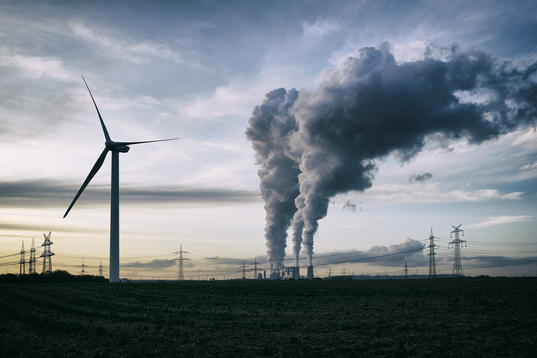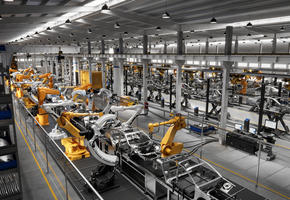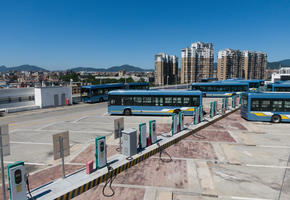Assessing the IRA’s influence and challenges
The Inflation Reduction Act (IRA) caused major waves in not only the United States, but the entire world when it was signed to law in 2022. It was described by some as a “Super Bowl for clean energy” domestically, but internationally it caused so much concern that the EU and the US launched a special Task Force to address the concerns.
Reflecting on the IRA’s effectiveness, it has been recently reported in a new analysis by groups monitoring the impact of the law that the IRA’s impact is flourishing in sectors such as electric vehicles. However, in other sectors including clean energy deployment (such as, the generation of more electricity from wind, solar and other nonpolluting sources), we are not seeing such rapid impact.
The challenge is not in lack of action, it is in the scale at which action is delivered. Last year, we saw the United States adding record amounts of renewable power along with battery capacity. The measures introduced by the IRA, such as tax credits, are indeed making a difference by reducing the price of building renewable energy generation over the more polluting sources. This in turn helps electricity consumers such as RE100 Companies (the world’s most influential companies, committed to 100% renewable power) in the US procure their electricity from clean sources.
Scaling action: Addressing the speed of implementation
However, as most of the IRA rules will expire around 2032 (that is just eight Super Bowls away), the speed in which the new clean energy projects are being built needs to increase. Analysis undertaken after the IRA was passed projected that 46 to 79 gigawatts of clean electricity would be added to the grid annually in 2023 and 2024. Even with the number of pending projects in the pipeline this year that amount to a total of 60 gigawatts, it’s not likely that all of them will be delivered within the desired timeline.
So, even though the IRA and other measures introduced under this administration are making a difference, other obstacles are halting needed deployment. For example, one such non-cost barrier is the grid's capacity to handle large amounts of renewable energy and increasing demand for electric vehicle charging. Other barriers can be attributed to supply chain delays, opposition from local residents and the capacity of state and local government to tap into the available IRA funds. Some of the challenges can be addressed through projects such as the Green Recovery Alliance, others require whole supply chains to deliver in a timely manner.

Unlocking opportunities: Revitalizing manufacturing and job creation
On the positive side, the IRA ignited a renaissance in the United States’ manufacturing with new jobs coming to the small and big cities around such states like Michigan, Georgia, South Carolina, California, and Texas, that can help to build robust supply chains. Places like the Midwest are harnessing the opportunity of investments spurred by the law coming into their territory, even benefiting from the new nickname of “Battery Belt.” There’s a tremendous opportunity awaiting in the Midwest which is ripe for a transformation towards net zero. However, all the expectations on mobilizing the IRA and making sure it reaches its goals, needs to turn to real action that materializes fast and at scale.
Looking Ahead: Mobilizing the IRA to its full potential
States and regions, such as those who are part of the Under2 Coalition, can play a key role in bringing their communities on board with a rapid scale-up of renewable energy and transformation of grids. They can create local buy-in by working closely with cities and showcasing the benefits of a green transition. Companies can generate even more demand for green energy by sending clear market signals through joining campaigns such as EP100 and RE100. There are many opportunities to achieve the scale that is needed, fast.
This and other critical topics will be addressed at our upcoming summit taking place in Washington DC in April. The US Climate Action Summit will be a platform for leaders from industry and government to discuss how the barriers can be addressed and scaled up at a rapid pace. Leaders will focus on how to make the opportunities presented by the IRA real, mobilizing the IRA to its full potential. So that Super Bowl LXVI won’t only be played at a stadium powered by renewable energy, but also enjoyed by Americans on devices powered by carbon-free energy.



